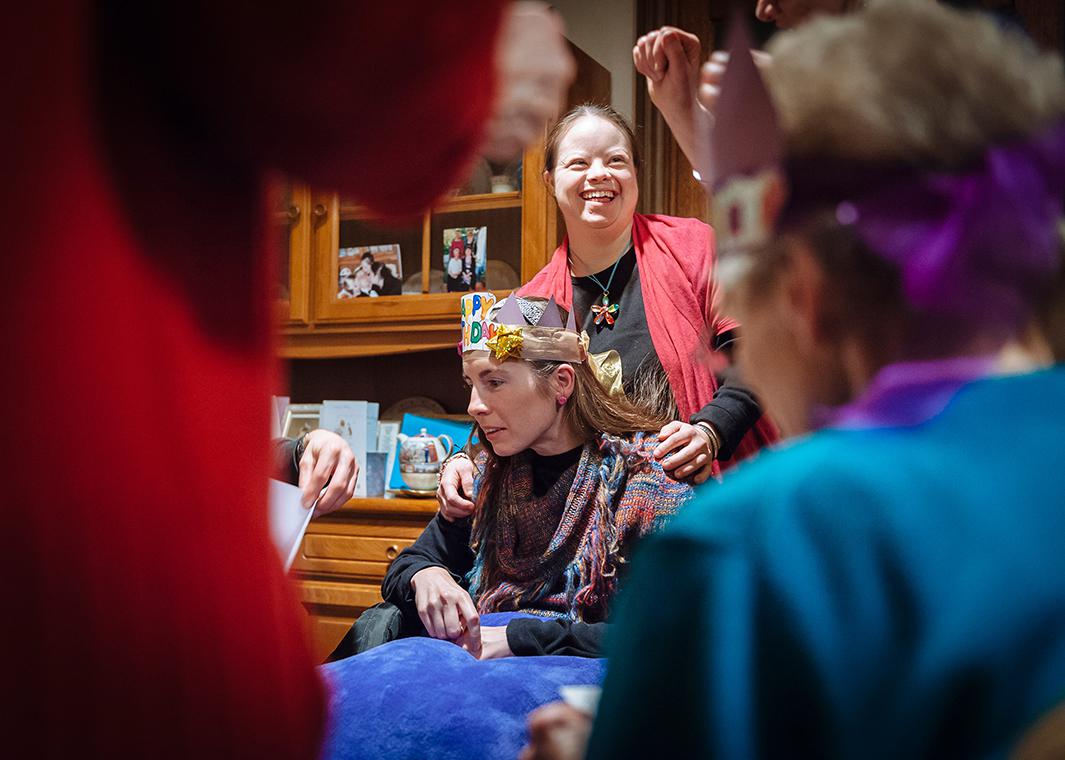Growing up, Lani Holmberg rarely interacted with a boy in her town who had Down Syndrome, and, when she did, the uncertainty of how to communicate with him proved to be too strong of a barrier. This experience stayed with Holmberg into adulthood. She was interested in challenging her own discomfort and was reminded by her aunt that she has a distant cousin, Alyssa, who has Down Syndrome. She contacted Alyssa’s family and ended up spending six months documenting their lives for the multimedia series “And Holland Has Tulips.”
Alyssa lives with her mother, Lois, and one of her two sisters, Carly. From the beginning of the project, Holmberg followed the rituals of the people living in the house: daily chores, Alyssa’s work at Kmart, and social events. Although Holmberg writes on her website that she isn’t a fan of routine, witnessing it helped her to better understand Alyssa.
“Photography is my way of seeking wisdom,” she said. “I meet all of these people and get insight into how to approach life and what lessons they’ve learned and I incorporate that into my own life. The camera is an excuse to open myself up and keep improving and opening up my mind.”
While the initial focus was to portray Alyssa as just another member of her family, the project changed slightly when Carly began to lose neurological ability. Although Carly’s condition is still undiagnosed, Lois needed to continue to work in order to keep everyone under the same roof. As a result, Alyssa became one of Carly’s primary caregivers.
“I wanted them to get to know Alyssa as a person,” Holmberg said. “You start by thinking she’s the person with Down Syndrome and then you realize in her family she has a caring role. … I wanted that part to come in later to surprise people and to get them to reflect on what they thought she would be capable of. … I suppose that reflects my journey with her too and knowing only a little about her and getting to know her strengths; I wanted the audience to go through that too.”

Lani Holmberg
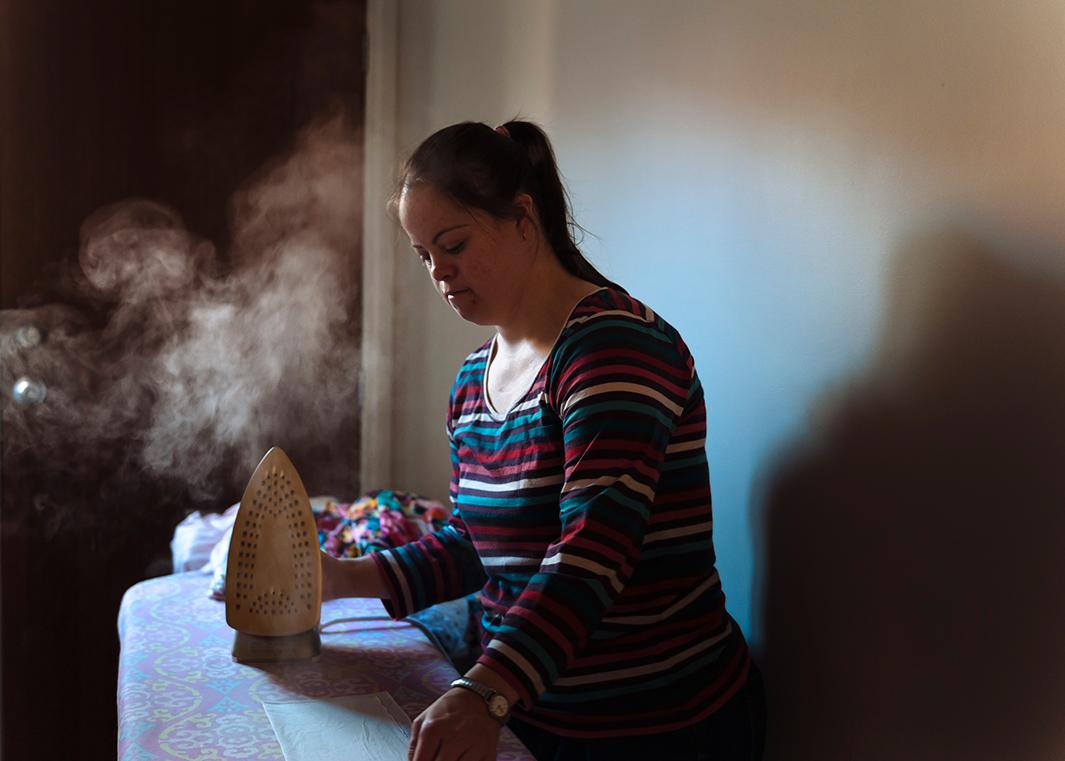
Lani Holmberg

Lani Holmberg
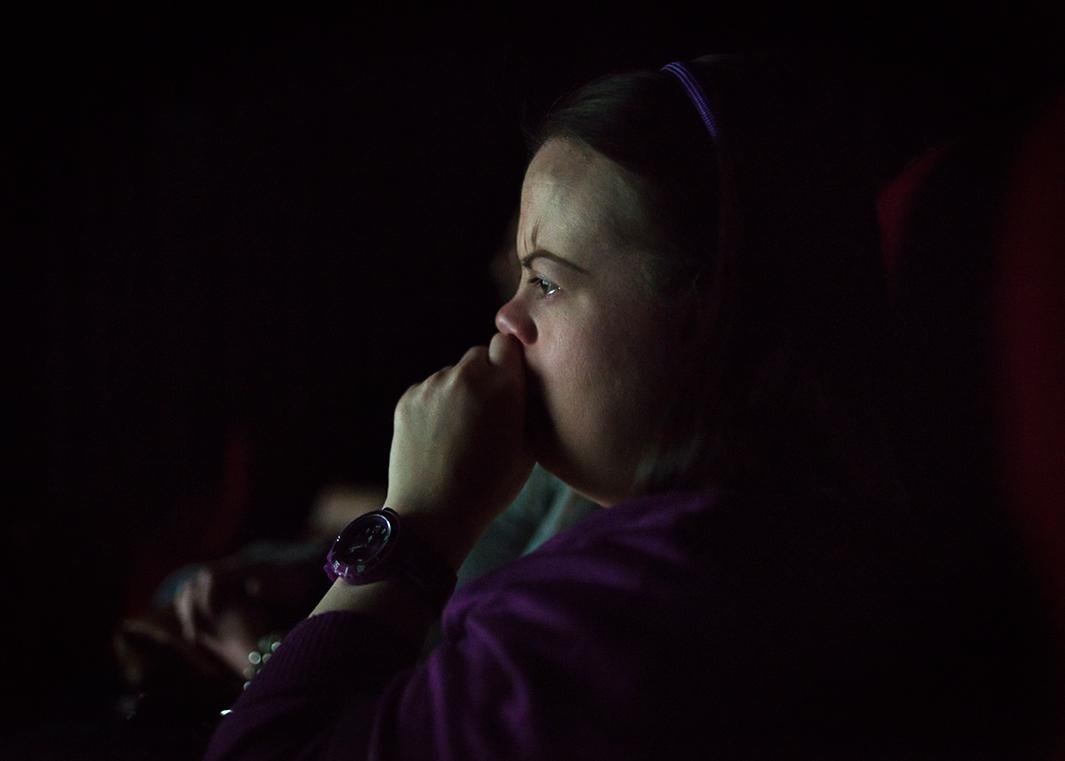
Lani Holmberg
By using photography and video, Holmberg was able to show not only the amount of physical help Alyssa provided but also the emotional help. When it came time to edit the work, the initial idea was to group the project into distinct categories: resilience, struggle, joy, etc. Instead, Holbrook focused more on a linear model, not only because she has a Web usability background and wanted to keep the readers interested, but also because it provided a link to show exactly how “normal” the familial responsibilities were.
Once the project was finished, Holmberg was nervous to show the family her work.
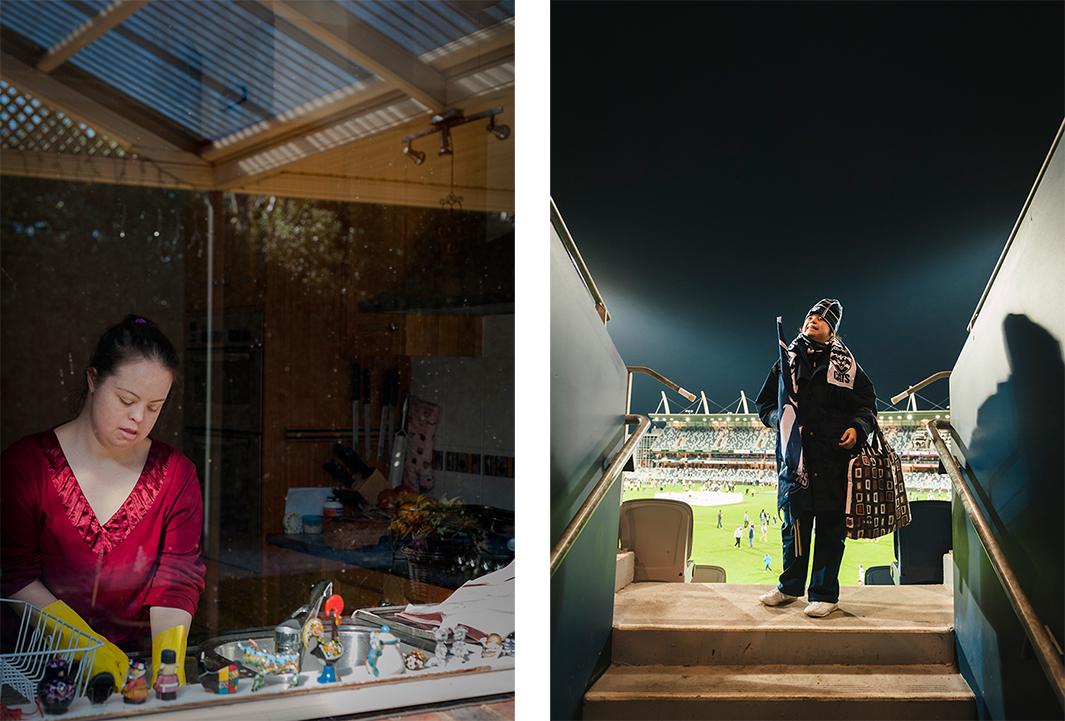
Lani Holmberg

Lani Holmberg
“They hadn’t seen my thoughts, and there is some honest stuff there, and I read it through to them and stopped to explain it. … It was a very emotional day with a lot of tears. I also had a couple of difficult conversations with Alyssa, telling her to her face I had underestimated her and that she had surprised me. I was blown away by her ability to say ‘I understand what you’re saying and I do understand people see Down Syndrome differently, but I’m a real person with real feelings.’ ”
“I still get emotional talking about it. For them to be happy with it was very important to me and I saw it as a collaboration rather than doing it on my own.”
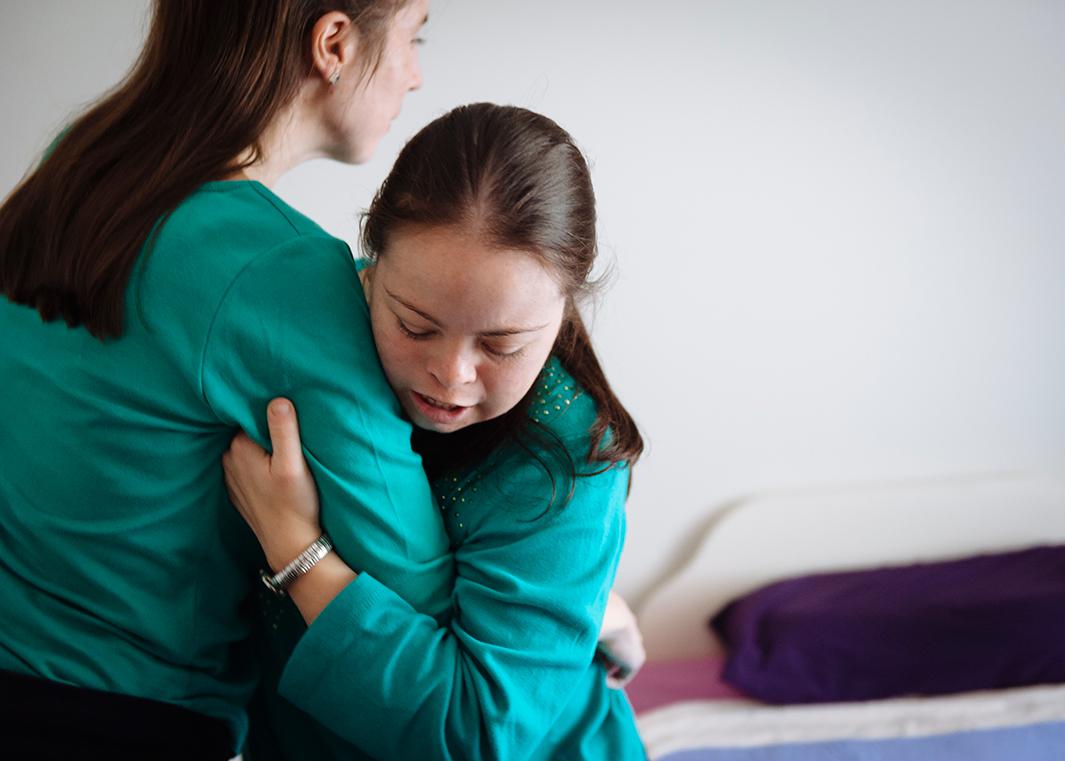
Lani Holmberg
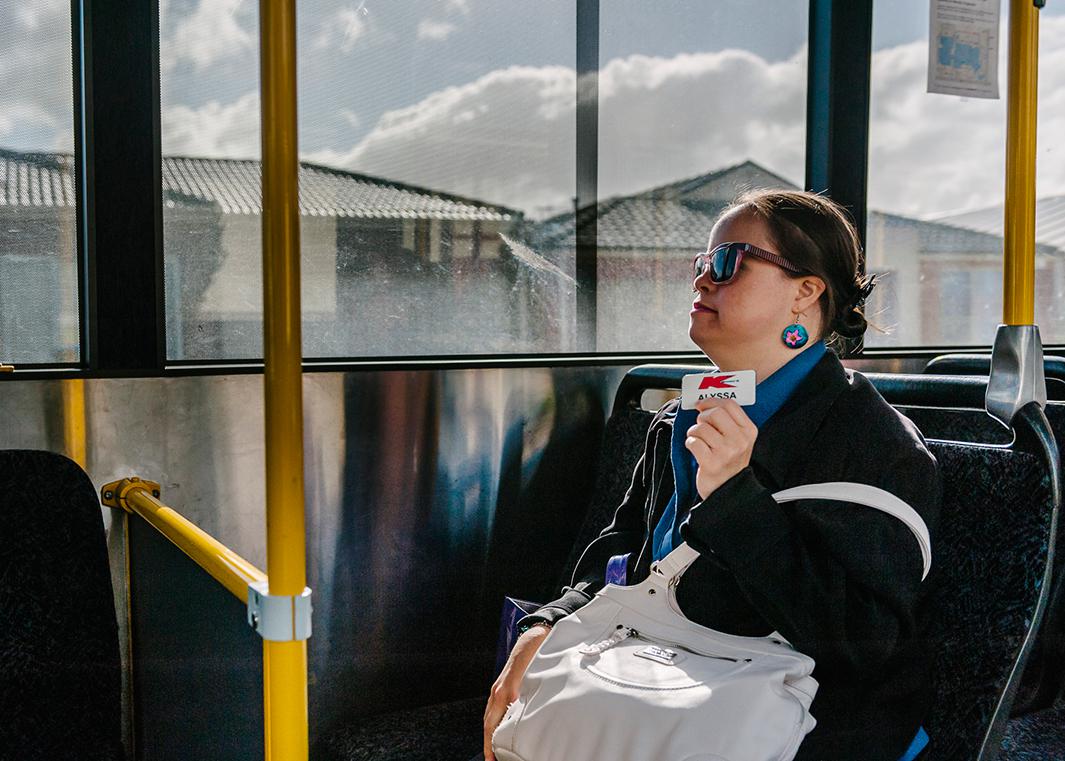
Lani Holmberg
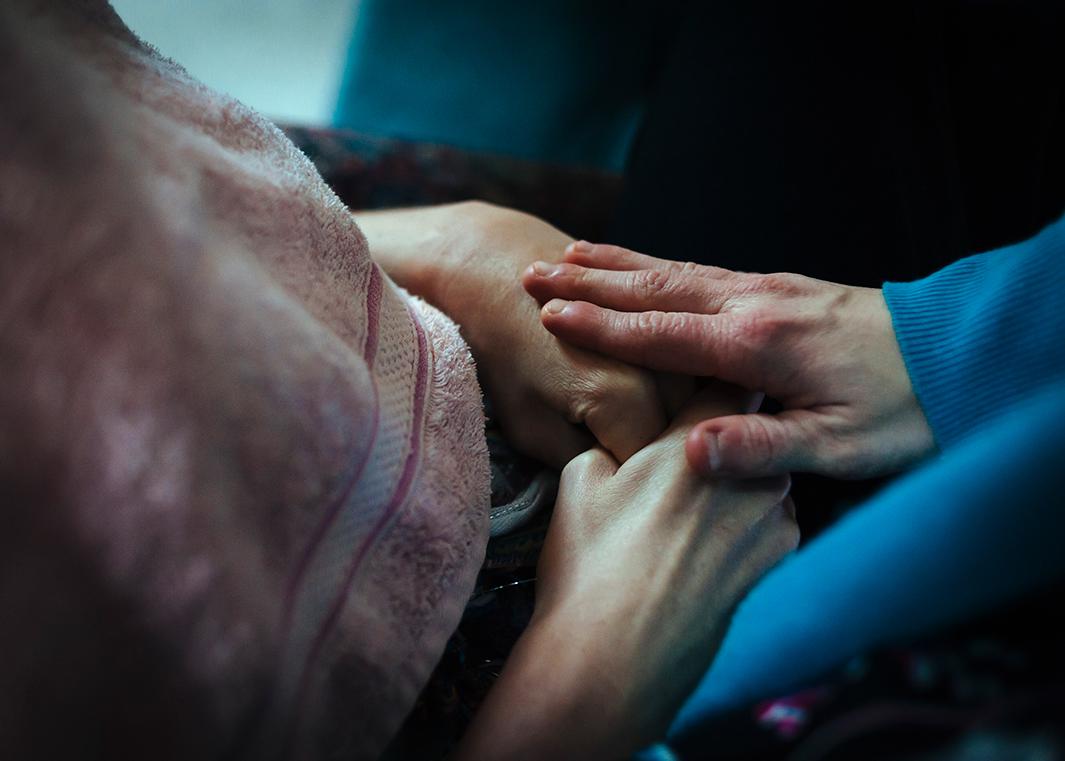
Lani Holmberg

Lani Holmberg
Previously on Behold:
